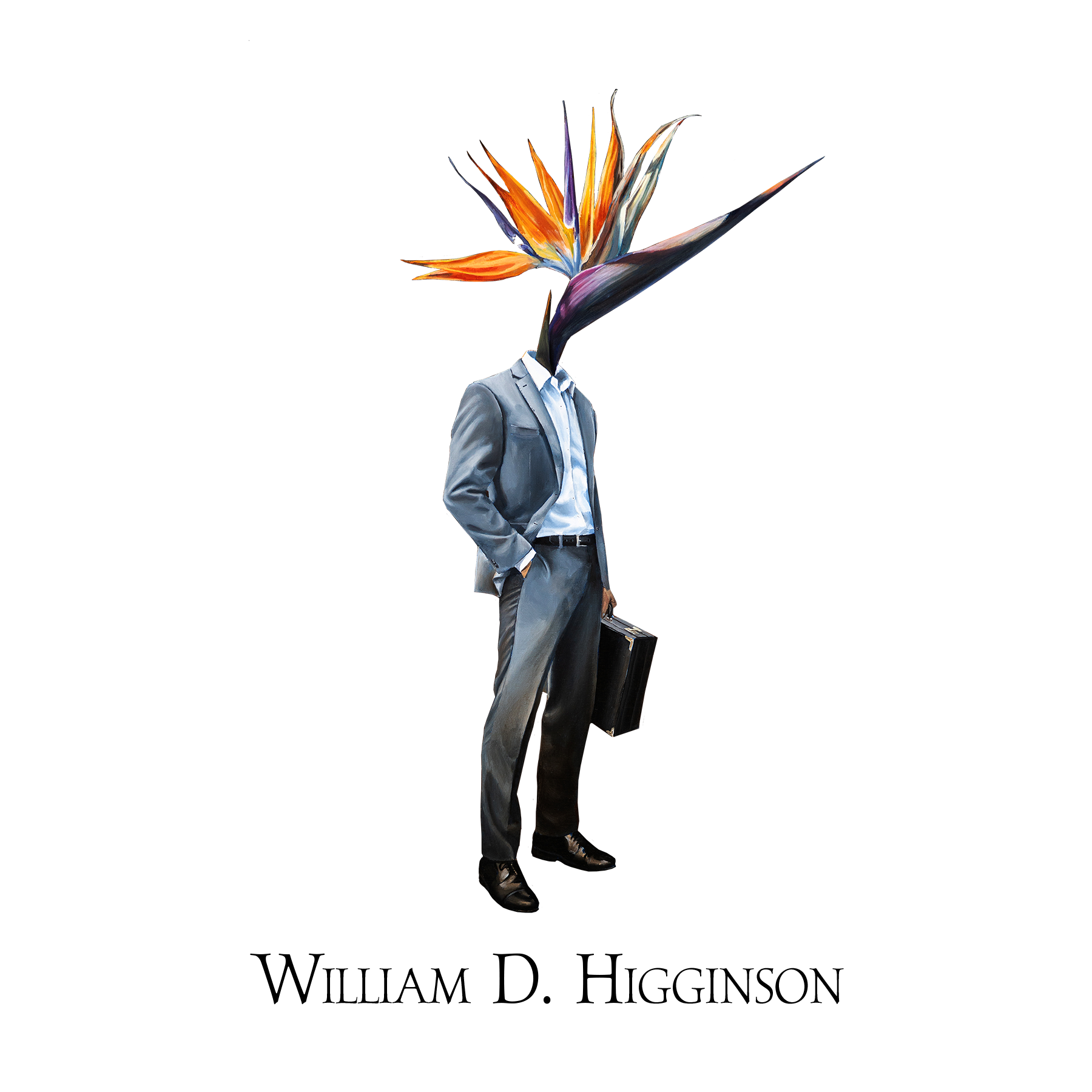Gambit
Often, when an idea strikes me, it sneaks up and hits me hard. If I'm walking at the time, I might step into dog poop or walk into a wall. This happened two days ago—the poop, not the wall.
My mind drifts into a peaceful place where I start to envision an artwork. This vision is crucial to me, and developing it is a major part of my process. I won’t even touch brush to canvas if the idea is sub-par. I often feel my skills lag behind my evolving vision, but I work tirelessly to improve.
For example, how do you paint the wind? The paint must move to make the viewer feel it, and this ability comes only with time at the easel—what I call brush mileage.
I love this piece and, at the time, it was the best I could create. I even took it to a live art auction to sell limited edition prints, which sold out in minutes. This validated my belief that what I created was true.
Three years later, I look back and know I can do better, but it has stood the test of time, and I remain proud. I wanted movement in this piece, for the clouds to sweep across the landscape and the man at the top of the pillar to feel precarious, like a king of the hill battling nature. His unsteadiness was my goal.
Change is a powerful element in life, but how do we define it? This piece represents that feeling. I think back to an Australian political case where a leader's 11-year tenure was challenged with the simple cry for change. Change came, but it didn’t bring anything better. Change for its own sake is like plowing a field halfway through the crop's growth. Yet, the risk of stagnation is real, as seen in countries like Russia, where long-term power leads to delusion and evil.
In the US, the concept of four-year terms fascinated me. My life has always worked in four-year cycles—from places I’ve lived to past relationships and jobs. Thankfully, this wasn’t so with my wife, but it still intrigues me. Dictatorships end in revolution, and the US has a sanctioned revolution every four years. It’s a gift to be part of change.
Original drawing that inspired this piece, "The Stone King", 30" x 22", Graphite on Paper
Returning to this artwork and the chess theme that permeates my work, the original sketch was called the Stone King. A woman walks onto the playing board, bringing a new perspective that makes the other pieces obsolete. The King has been on his perch too long and has turned to stone—motionless and stubborn.
To think of oneself as more important than another is outdated. Equality of race, gender, orientation, intelligence, and beliefs should not be issues we fight over. There are far more pressing issues in the world.
In this piece, I wanted the foreground character to feel powerful and the character on top of the pillar to feel alone. He represents time, my Kronos, and his reign is over. As new players step onto the field, the pillar will fall.
As equality sets in, the playing field becomes more balanced and ready for the change the world needs.


